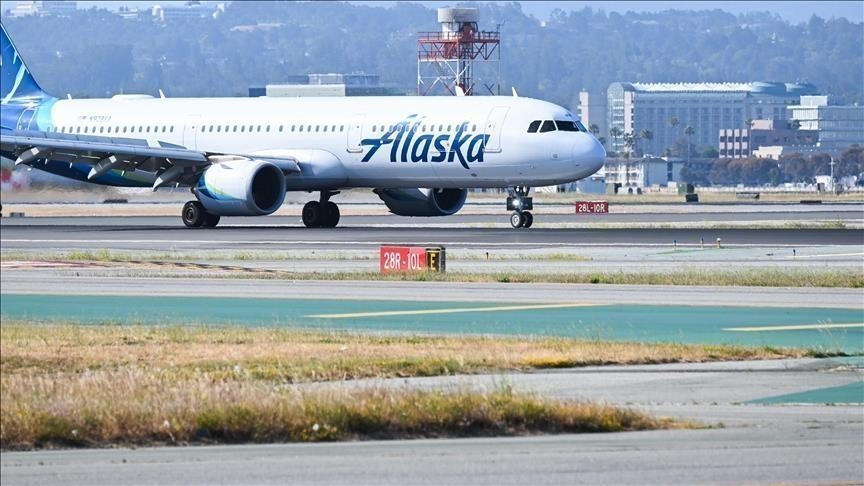Now Reading: Airlines Expand Operations as Navi Mumbai International Airport Nears Launch
-
01
Airlines Expand Operations as Navi Mumbai International Airport Nears Launch
Airlines Expand Operations as Navi Mumbai International Airport Nears Launch

As the Navi Mumbai International Airport (NMIA) approaches its operational debut, airlines are unveiling ambitious plans to capitalize on the new facility’s capacity and strategic location. Scheduled to commence operations in late October or early November 2025, NMIA is poised to alleviate congestion at the existing Chhatrapati Shivaji Maharaj International Airport and enhance connectivity for the Mumbai Metropolitan Region.
Air India Group’s Strategic Expansion
The Air India Group has outlined a phased approach to its operations at NMIA. In the initial phase, Air India Express, the group’s low-cost carrier, will operate 20 daily departures, connecting 15 domestic cities. By mid-2026, the group plans to scale up to 55 daily departures, including up to five international flights. Further expansion is anticipated by winter 2026, with projections reaching 60 daily departures, reinforcing NMIA’s role in enhancing India’s global aviation connectivity.
IndiGo’s Aggressive Growth Plans
IndiGo, India’s largest airline by market share, is set to launch operations at NMIA with 36 daily domestic flights. The airline aims to increase this number to 158 daily flights by November 2025, incorporating 14 international routes into its network. This expansion underscores IndiGo’s commitment to leveraging NMIA’s infrastructure to meet growing passenger demand and strengthen its position in the competitive aviation market.
Akasa Air’s Regional and International Reach
Akasa Air plans to initiate services at NMIA with 15 daily flights, gradually expanding to 40 daily departures, including 8 to 10 international destinations by summer 2026. This strategic move aligns with Akasa’s vision to enhance regional connectivity and tap into international markets, contributing to the diversification of NMIA’s airline offerings.
Infrastructure and Capacity Projections
NMIA is being developed in five phases, with the first phase designed to handle 20 million passengers and 0.5 million metric tons of cargo annually. Upon full completion, the airport is expected to accommodate up to 90 million passengers and 3.2 million metric tons of cargo per year. The introduction of distinct IATA codes—’BOM’ for the existing Mumbai airport and ‘NMI’ for NMIA—will streamline operations and passenger navigation between the two facilities.
Conclusion
The impending launch of Navi Mumbai International Airport marks a significant milestone in India’s aviation sector. With major carriers like Air India, IndiGo, and Akasa Air planning substantial expansions, NMIA is set to become a pivotal hub in the global aviation network. As the airport nears its operational debut, stakeholders and passengers alike anticipate the enhanced connectivity and improved travel experiences it promises to deliver.

























